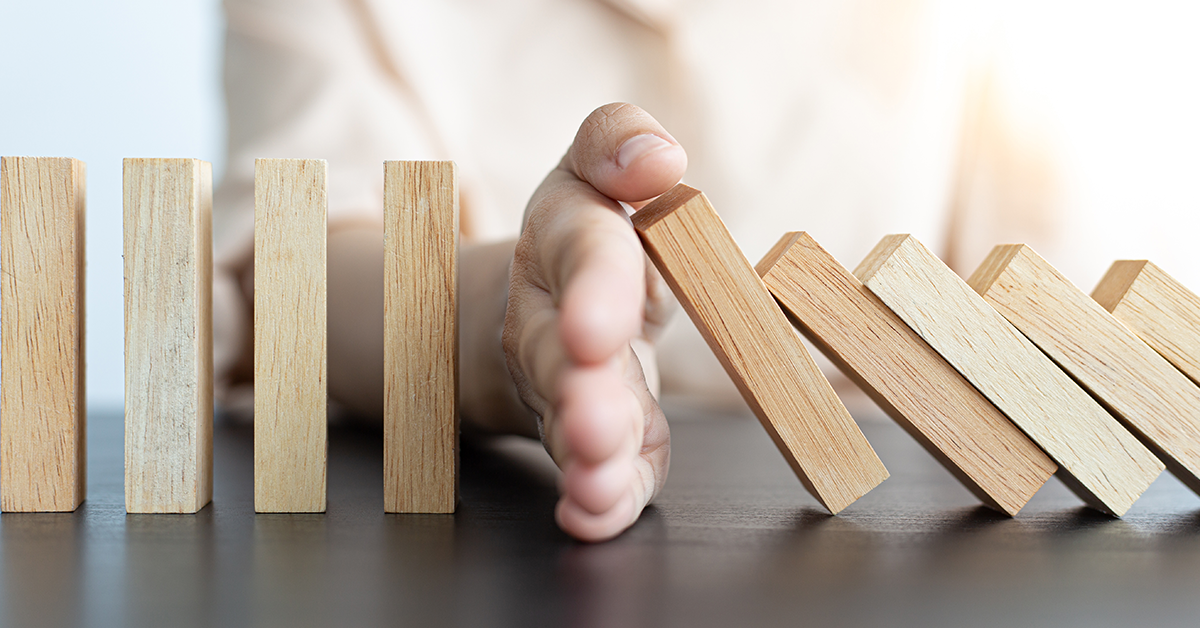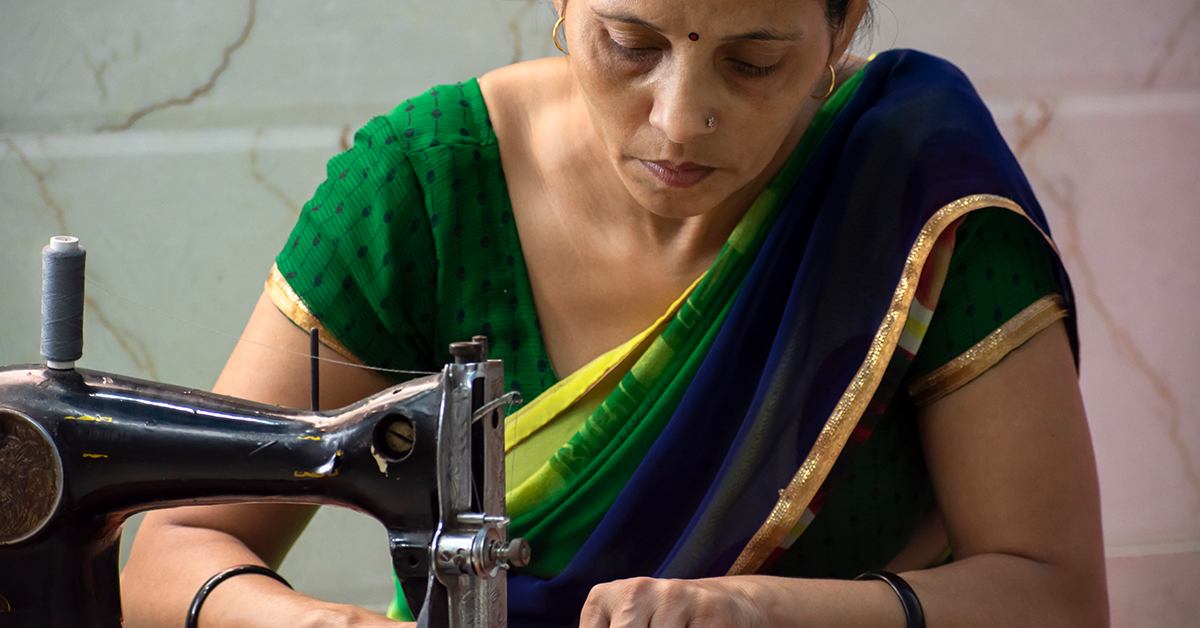For many, the first sign of osteoporosis is a broken bone, which is also called a fragility fracture. The most common places to suffer a fracture are the hip, wrist and spine.1 Wrist and hip fractures are easy to diagnose, but up to 70% of spine fractures are not diagnosed by a doctor.2 This can simply be that spine fractures are not always painful, or people dismiss the pain as having muscle aches and pain or simply a ‘bad back’. In women with a spine fracture, the risk of a further spine fracture is increased by more than 4 times, and the risk of a hip fracture is 2 times more than women without spine fracture.3,4 In addition, people with spine fractures may suffer from increased back pain, increased days of bed rest, decreased time at work, and depression among other things.5
These are three key signs that you may have had a fracture in your spine and that your bone health is deteriorating:
It’s important to know that while it is usual for people to lose a little height, as they get older, losing more than 4 cm of height over a 1–3 year period is not normal, and can mean that weak bones are causing the bones in your spine to break or fracture.5-7 Ask your doctor to measure your height at your annual health check up, to keep track of your height and identify any spine fractures that occur.8
This is called kyphosis and can often be a sign that you have osteoporosis. Kyphosis occurs when multiple vertebrae in your upper spine collapse over time, and your back begins to hunch forward. Kyphosis can result in loss of height, back pain and can also lead to breathing problems, so it’s a good idea to talk to your doctor if you notice your posture changing and ask for an osteoporosis assessment.9
If you have osteoporosis, a spine fracture can happen from something that causes relative minor trauma to the spine, such as opening a window, an insignificant fall, or twisting while lifting. These fractures can cause acute and chronic pain, but interestingly as many as two-thirds of spine factures are painless, so may be missed.4 The likelihood of increased back pain and disability, as well as further spine fractures increases with each new fracture, as damage to the spine increases.10 You should never assume that back pain is just muscle strain, anyone who experiences sudden-onset back pain should get it investigated by their doctor.



References – Calcium & bones – What you need to know
1 Healthy Bones Australia. Calcium and bone health. healthybonesaustralia.org.au.
2 International Osteoporosis Foundation. The Asia Audit: Epidemiology, costs and burden of osteoporosis in Asia 2009. 2009. osteoporosis.foundation/audits.
3 Shea B, et al. Endocr Rev 2002;23:552–59.
4 International Osteoporosis Foundation. Serve up bone strength throughout your life. 2015. osteoporosis.foundation/educational-hub/material/brochures.
5 Healthy Bones Australia. Vitamin D and bone health. healthybonesaustralia.org.au.
6 International Osteoporosis Foundation. Vitamin D. osteoporosis.foundation/patients/prevention/vitamin-d.
7 International Osteoporosis Foundation. Love your bones: Protect your future. 2016. osteoporosis.foundation/educational-hub/material/brochures.